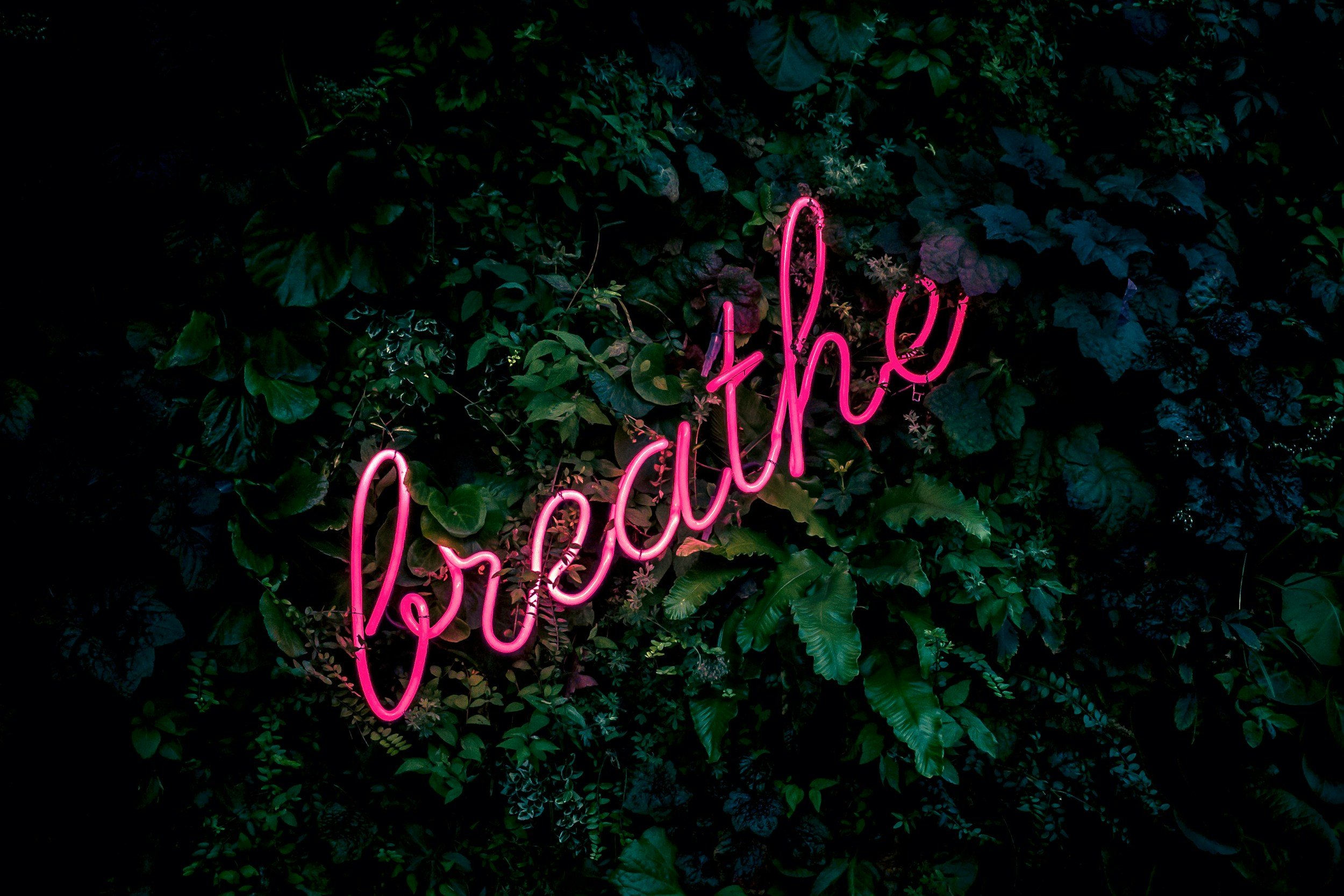Why You Need a Range of Coping Skills
One of the most effective coping skills I discovered for my midnight panic attacks wasn’t something I found in a Google search or learned in therapy. It was lying flat on the cold tile floor of my bathroom, hand over heart, breathing.
Why did it work? Because I listened to my body.
In the middle of the night, I asked myself—out loud—a dozen questions:
“What’s wrong?” “What’s happening?” “Are you okay?” “What do you need?”
I kicked the covers off. Nope. I sat up in bed. Still nope. I turned onto my belly. Nothing.
Eventually, I had the thought to get up, so I did. I paced for a bit until something nudged me toward the bathroom. Standing there, I listened again. I knew I needed to lie down. Slowly, the cold tile floor grounded me. My hand on my heart brought me out of my head. My breathing deepened and slowed. And I reset.
As a counselor, I often recommend grounding exercises. “Grounding” can mean many things, but generally it’s anything that helps bring you back to the present moment, out of panic, overwhelm, or dissociation.
Temperature change is one grounding method I’ve heard often can help reset the nervous system—whether you’re in a state of hyperarousal (fight-or-flight) or hypoarousal (shutdown, freeze). That’s why you'll see tips like:
Splash cold water on your face
Run cold water over your wrists
Put an ice pack on your chest or the back of your neck
Drink warm tea and inhale the steam
Use a heating pad on your back or neck
These can all be great strategies. But none of them worked for me. What did? The cold tile floor—while lying down. That’s why it's important to find what works for you.
Why You Need a Range of Coping Skills
I often work with my therapy clients to develop a variety of coping strategies. Having a wide range helps for several reasons:
1. Variety
Our brains like having choices. Sometimes, one thing works one day and not the next.
2. Backup Plans
If one coping skill is unavailable, you need an alternative.
Example: Maybe going to the gym helps you release stress—but bad weather keeps you inside. You might try walking on a treadmill or using a yoga app instead.
3. Different Tools for Different Needs
Some coping skills help you calm down.
Some offer emotional release.
Some are best done with others (connection), while others are more effective solo.
Some target the body; others work on thoughts.
Some distract; others help you focus and process.
4. Internal vs. External Soothing
Self-soothing: You can calm yourself without needing anything external. Examples: breathing exercises, self-hugging, body scans, positive self-talk.
External-soothing: Involve other people, animals, or items. You might:
Call a friend or family member
Cuddle or play with a pet
Take a walk with someone
Use an item—book, puzzle, playlist, guided meditation
A range of strategies means more support options, tailored to your needs, preferences, and circumstances.
Tip: Write It Down
When you’re in distress, your brain has a harder time recalling what you know. That’s why writing down your coping skills list can be incredibly helpful. It reduces mental load, gives you something to visually focus on, and reminds you of your options.
You can even ask a loved one to help you use it. One client of mine kept their coping list on the fridge. During a tough moment, their partner grabbed the list and went through it with them, helping them calm down together.
Create Your Own Coping List
Here’s a structure to help you build your personalized list. Try to come up with at least one coping strategy for each of the following categories:
Based on Resources:
One you can do completely alone (no person or item needed)
One you can do with someone else’s help
One involving a pet (if applicable)
One using an item or activity
Based on Location:
One for indoors
One for your bedroom
One for other parts of the house (kitchen, living room)
One you can do while lying in bed
One outdoors
One that involves leaving the house
One for good weather
One for poor weather
Based on Activity:
One involving movement or physical activity
Based on the Five Senses:
Hearing: Music, meditation, rain sounds, bells, voice messages, silence
Sight: Uplifting videos, photos, movies, art
Taste: Something crunchy, sour, minty, or comforting—snacks, gum, tea
Touch: Soft blankets, stuffed animals, fidget toys, self-hug, cold tiles, water
Smell: Essential oils, candles, lotions, perfumes, coffee, flowers
Final Thoughts
Whatever speaks to you—try it. Take note of what helps you reset or regulate. Cross off what doesn’t. Healing and emotional regulation are deeply personal. With time and practice, you’ll build a unique toolbox of coping strategies tailored to you.

